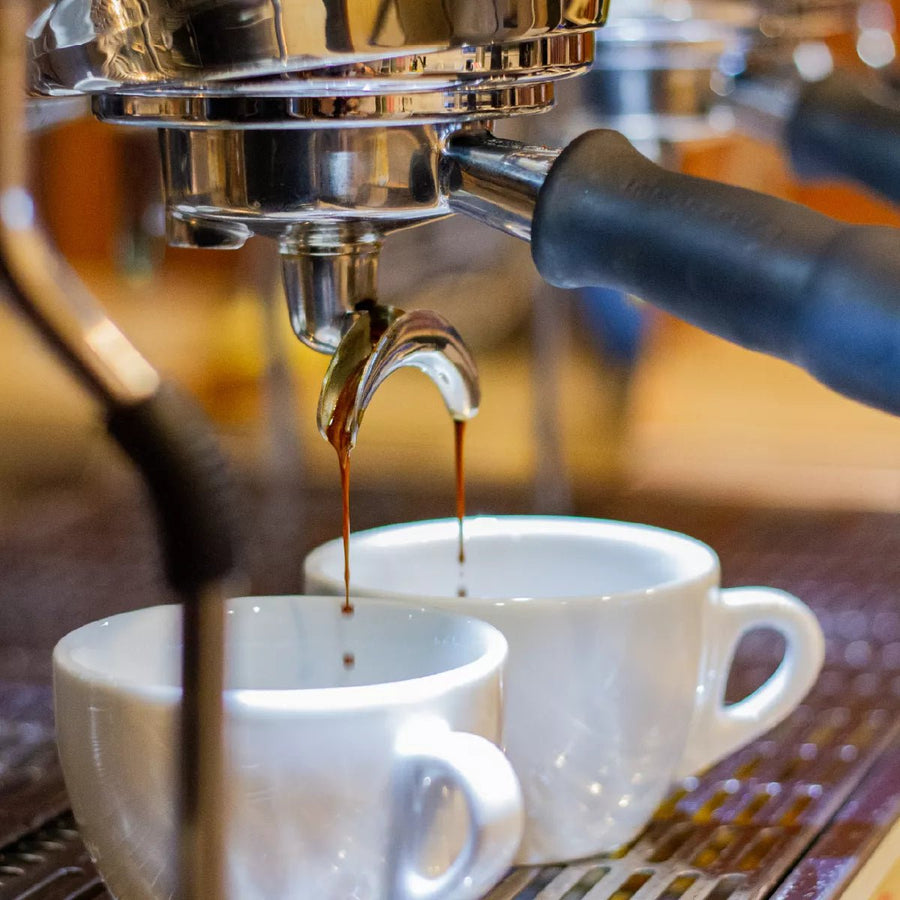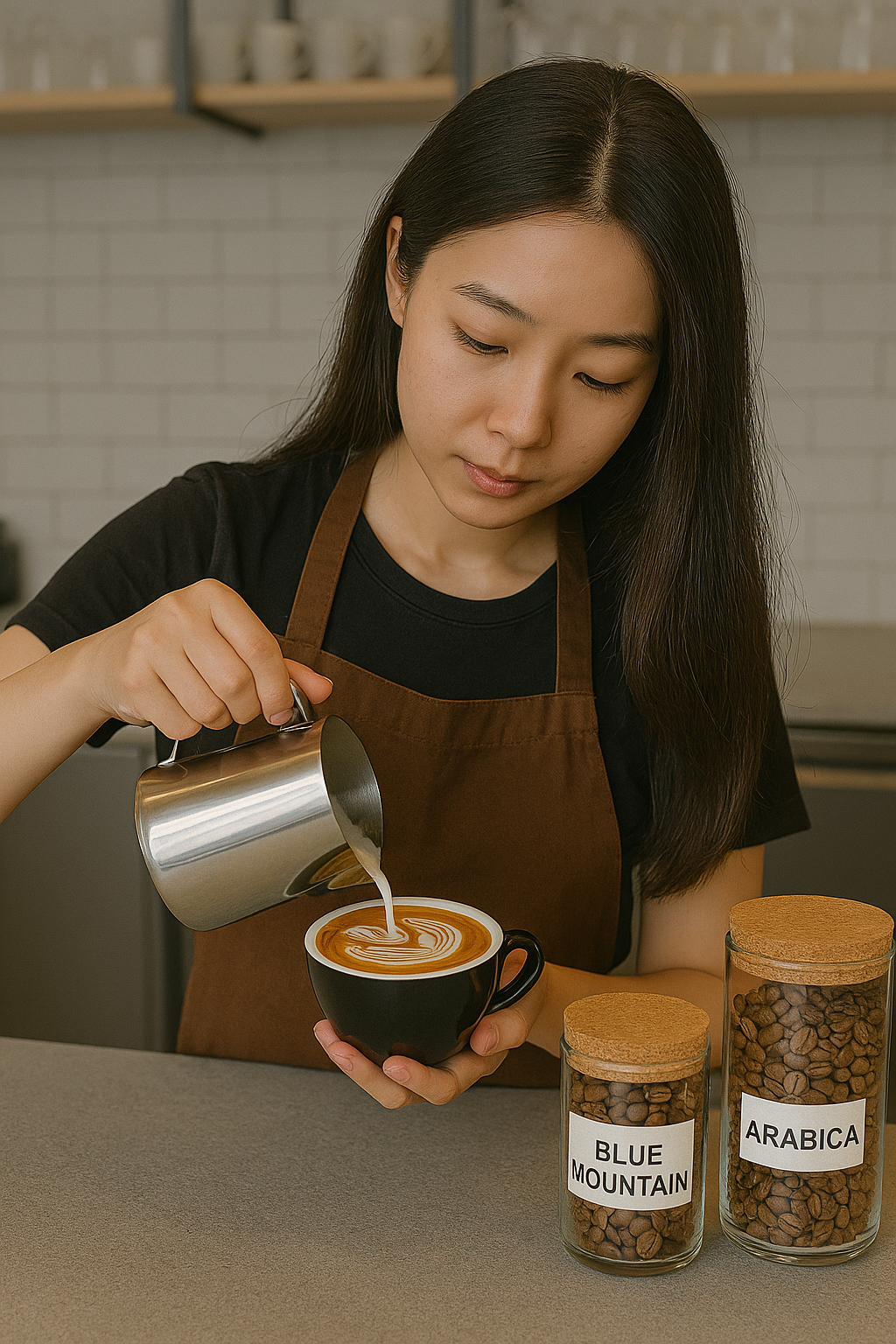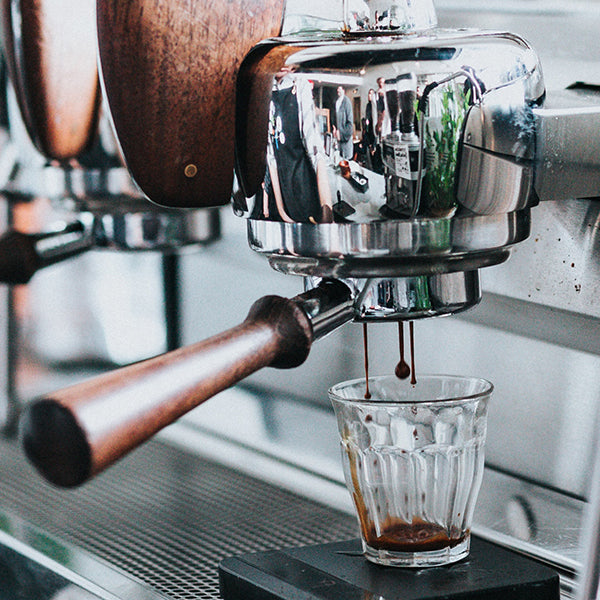SOE Single Origin Espresso – The Perfect Choice for Espresso Lovers
Wiki Article
Recognizing Coffee Beans: the Trip From Espresso to Blended Coffee Beans

The Beginnings of Coffee: A Worldwide Viewpoint
While you might think of coffee as a modern staple, its beginnings trace back centuries, linking with societies throughout the globe. The tale starts in Ethiopia, where tale states a goat herdsman called Kaldi discovered the invigorating effects of coffee beans after seeing his goats frolicking vigorously after consuming them. This sparked rate of interest, causing coffee's infect Arab investors who valued the brewed drink. By the 15th century, it reached Persia, Egypt, and Turkey, where coffee shops came to be social centers for discussion and culture.As profession courses increased, coffee made its means to Europe in the 17th century, promptly gaining popularity. Each society added its distinct spin to coffee preparation, improving its background.
Cultivation and Harvesting of Coffee Beans
As coffee's journey evolved, the emphasis shifted to the cultivation and harvesting of specific bean ranges, specifically those made use of for coffee. You'll find that espresso beans often come from Arabica or Robusta plants, each offering distinct tastes. The excellent expanding conditions consist of high altitudes and rich, well-drained dirt, which improve the beans' top quality.Throughout the harvest, choosing techniques differ. In some regions, workers hand-pick ripe cherries, making sure just the very best fruit mosts likely to processing. In various other locations, mechanical farmers are utilized, particularly on bigger farms. When the cherries reach peak ripeness for maximum flavor., timing is important; you desire to gather.
When gathered, the beans are prepared for handling, which is vital in identifying their final taste. Comprehending the farming and gathering processes gives you understanding right into what goes into your preferred coffee, enriching your admiration for every cup.
Handling Approaches: From Cherry to Bean
Now that you've discovered harvesting espresso beans, let's explore exactly how those cherries change into the coffee beans you like. You'll see exactly how various harvesting techniques impact flavor, adhered to by the vital actions of fermentation and drying. Lastly, we'll break down the milling and grading procedure that determines your coffee's top quality.Harvesting Methods Explained
When it comes to coffee, comprehending harvesting strategies is necessary, because they straight influence the flavor and top quality of the beans you enjoy. There are 2 key approaches: careful picking and strip picking. Selective choosing involves hand-picking just ripe cherries, ensuring you get the most effective top quality beans. This technique often brings about a richer taste profile, though it's more labor-intensive. On the various other hand, strip picking methods harvesting all cherries at when, no matter perfection. While it's quicker and cheaper, this can result in a mix of flavors, impacting the final item. Eventually, the option of harvesting method can substantially influence your coffee experience, so it deserves knowing how those beans made it to your mug.Fermentation and Drying
After collecting, the next steps in processing coffee beans play a significant function in forming their taste. You'll locate that fermentation is important, as it assists break down the mucilage surrounding the beans, improving their preference profile. Depending upon the approach, this procedure can last from a few hours to a number of days, with differing results based upon temperature and humidity.Once fermentation is complete, drying out complies with, which is just as important. You can select from sun-drying or mechanical drying out techniques. Sun-drying permits the beans to take in tastes from the environment, while mechanical drying out assurances regular dampness degrees no matter climate. Appropriate drying out is vital to protect against mold and preserve the beans' top quality, inevitably influencing your mug of coffee.
Milling and Grading Process
As fermentation and drying out set the stage for taste development, the milling and grading process guarantees that just the ideal coffee beans make it to your cup. This stage involves eliminating the external layers of the coffee cherry, consisting of the parchment and husk. High-quality beans receive a greater grade, resulting in a richer coffee experience.Roasting Methods: Opening Taste Prospective
When you roast coffee beans, the approach you pick can substantially impact the taste profile. Recognizing the partnership between time, temperature level, and roasting strategies is essential to disclosing the capacity of your mixture. Let's explore just how these elements integrated to develop the excellent cup.Toasting Techniques Described
While you might believe that all coffee toasting methods yield the same outcomes, the fact is that each method exposes distinct flavor potentials in the beans. Drum roasting makes use of a rotating drum to evenly disperse heat, boosting caramelization and creating a well balanced flavor. Air roasting, on the other hand, flows hot air around the beans, promoting a lighter roast with obvious level of acidity.
Influence On Flavor Account
Different toasting techniques not only affect the process however additionally substantially impact the flavor account of the coffee beans. Dark roasts, on the various other hand, bring out bold, great smoky flavors, Single Origin Espresso in some cases masking the bean's unique attributes. Recognizing these subtleties helps you appreciate the virtuosity behind your mug of coffee, enhancing your general experience with every sip.Time and Temperature Level Aspects
To launch the complete taste potential of coffee beans, both time and temperature during the toasting procedure play substantial roles. When roasting, you'll discover that greater temperature levels can rapidly create flavors, yet if you hurry it, you may wind up with burned notes. On the other hand, lower temperature levels enable a much more gradual flavor development, showcasing the beans' distinct characteristics.
Timing is equally as vital; expanding the roast also long can bring about a loss of level of acidity and illumination, while also brief a roast might leave the beans underdeveloped. Locating that pleasant spot needs method and experimentation. By readjusting these variables, you can expose the rich, complicated tastes hidden within each bean, developing a truly remarkable coffee experience.
The Art of Blending: Crafting One-of-a-kind Coffee Accounts

Start by selecting a base coffee that supplies a solid foundation. After that, pick complementary beans to boost certain taste notes. A brilliant Ethiopian bean can bring fruitiness, while an abundant Brazilian coffee includes body. Experimentation is key-- don't hesitate to adjust ratios until you find your suitable account.
As you blend, maintain in mind that each combination narrates. You're not simply making coffee; you're creating an experience. Take your time, taste regularly, and appreciate the journey of discovering your trademark mix - Single Origin Espresso.
Brewing Techniques: Just How Prep Work Affects Flavor
Blending coffee opens up a domain of flavor possibilities, however just how you brew that blend can significantly affect your last mug. Various developing approaches extract distinct flavors and aromas, so it's crucial to choose carefully. A French press allows debris and oils to remain, producing a rich, robust experience. On the various other hand, a pour-over highlights the coffee's quality and illumination, excellent for showcasing delicate notes.Espresso, with its high stress, generates a focused shot that emphasizes sweet taste and crema. If you choose a lighter brew, consider a cool brew method; it produces a smooth, much less acidic taste.
Inevitably, experimentation is vital. Adjusting variables like water temperature level, grind size, and make time can transform your coffee's account. Welcome the art of brewing to uncover the flavors concealed in your coffee blends. The right technique can raise your experience to brand-new heights.
The Future of Coffee: Sustainability and Innovation
As the coffee sector evolves, sustainability and advancement are becoming necessary for dealing with ecological challenges and meeting consumer demands. You'll notice that more coffee firms are taking on eco-friendly methods, from sourcing beans morally to implementing lasting farming strategies. These changes not just assist the earth but likewise improve the quality of the coffee you take pleasure in.You might see technologies like naturally degradable packaging and water-saving brewing techniques that reduce waste. Advanced innovation, such as blockchain, is also ending up being popular, making certain transparency in the supply chain, which enables you to map your coffee back to its beginnings.
Furthermore, spending in local neighborhoods and supporting farmers with reasonable profession initiatives promotes an extra sustainable coffee environment. As you drink your next cup, keep in mind that your options can add to a brighter future for coffee. By going with sustainable brand names, you're not simply delighting in a beverage; you're making a favorable effect on the globe.
Frequently Asked Inquiries
What Is the Difference Between Arabica and Robusta Beans?
Arabica beans are smoother, sweeter, and have a higher acidity, while robusta beans are stronger, a lot more bitter, and consist of even more caffeine. You'll discover these differences in taste and fragrance when brewing your coffee.Just How Does Elevation Affect Coffee Bean Taste?
Elevation effects coffee bean taste substantially. Greater altitudes create beans with brighter acidity and complex flavors, while reduced altitudes usually generate beans that are heavier and much less nuanced. You'll see these differences in your cup!What Are the Health Advantages of Alcohol Consumption Coffee?
Consuming coffee can enhance your energy, boost psychological emphasis, and even improve physical performance. It's rich in anti-oxidants, might reduce the threat of particular illness, and can advertise a much healthier metabolic rate when consumed in small amounts.Can Coffee Beans Be Reused for Developing?
Yes, you can reuse coffee beans for brewing, but the taste may be weaker. If you enjoy exploring, attempt reusing them in various methods, like cool mixtures or contributing to smoothie mixes for an additional kick.Just how Should I Store Coffee Beans for Quality?
To keep your coffee beans fresh, save them in a closed container in a cool, dark location. Prevent revealing them to moisture, warm, or light, as these variables can rapidly weaken their flavor and scent.Understanding Coffee Beans: the Journey From Espresso to Blended Coffee Beans.
Currently that you have actually learned regarding collecting coffee beans, let's explore just how those cherries change into the coffee beans you like.When you roast coffee beans, the approach you select can significantly affect the taste profile - Single Origin Espresso.While you might believe that all coffee roasting approaches generate the same results, the truth is that each strategy discloses unique flavor potentials in the beans.Different toasting approaches not just affect the process but likewise greatly affect the flavor profile of the coffee beans
Report this wiki page